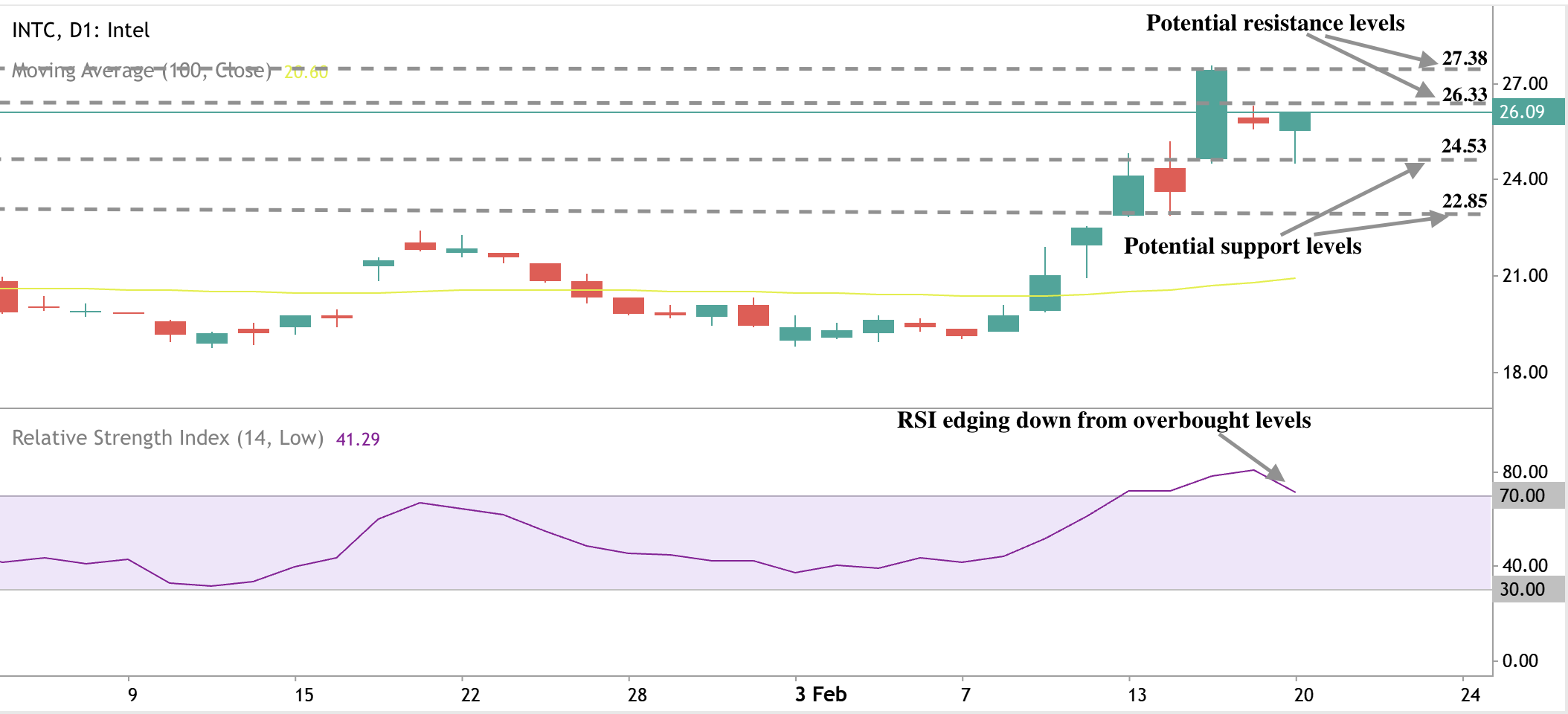Intel’s big bet: Can a TSMC partnership revive America’s chip giant?

For years, Intel was the undisputed leader in semiconductor innovation. It set the pace, defined the market, and dominated chip manufacturing. But in recent years, that dominance has slipped away. Competitors like Nvidia, TSMC and Samsung surged ahead in advanced chip production, and Intel’s ambitious foundry business-meant to rival them-has been bleeding cash. Now, with a reported $13.4 billion in losses in that division alone, Intel is at a crossroads.
Yet, a potential deal with Taiwan Semiconductor Manufacturing Company (TSMC) could be the turning point Intel desperately needs. A 20% stake in Intel’s foundry services business from TSMC might not just be a financial injection-it could redefine the company's future and help restore its position as a global semiconductor powerhouse.
A business-driven lifeline, not just politics
At first glance, the deal aligns perfectly with the "Made in America" agenda pushed by Donald Trump, who has long called for bringing high-tech manufacturing back to U.S. soil. But beyond political narratives, Intel’s move is a stark acknowledgment of economic reality: without collaboration, it risks falling further behind.
Intel has cutting-edge technology-its recent acquisition of ASML’s high NA EUV lithography machines proves that. However, it has struggled with execution, particularly in scaling up production to meet modern chip demands. TSMC, on the other hand, is the undisputed leader in semiconductor manufacturing, known for its ability to mass-produce the most advanced chips with unmatched efficiency.
By partnering with TSMC, Intel gets access to its expertise while keeping a stronger manufacturing base in the U.S. This isn't just about politics or national pride-it's about survival in an industry where falling behind is often a death sentence.
Silicon valley’s titans are watching
The potential partnership is already drawing attention from major industry players like Qualcomm and Broadcom, who may consider placing orders with the revamped Intel-TSMC venture. If that happens, it could create a formidable American semiconductor ecosystem that challenges Asian manufacturers like MediaTek while capitalizing on the restrictions placed on Huawei.
This is particularly critical as global tensions continue to put supply chains under pressure. The U.S. government, through the CHIPS Act, is actively pushing to bolster domestic semiconductor production, and this deal fits neatly into that broader vision. Intel would still need to navigate regulatory scrutiny, but the 20% stake structure appears designed to avoid triggering antitrust concerns.
Wall Street's verdict: A new dawn for Intel?
Intel's stock price tells its own story. Shares have surged over 16% on the news of the potential deal, a sign that investors see this as a much-needed course correction. In just five days, the stock has gained 22.5%, a remarkable turnaround for a company that has faced brutal losses over the past year.
This potential deal marks one of the most pivotal moments in Intel’s history. If executed well, it could signal a rebirth, positioning the company as a serious player in the foundry business while securing America’s place in the global semiconductor race. If it stumbles, however, it could reinforce the narrative that Intel’s best days are behind it.
One thing is clear: for Intel, this is more than just a business move-it’s a fight for relevance in a rapidly evolving industry. And for the first time in a long time, Wall Street is betting that Intel might just be able to pull it off.
Technical outlook: Will it bounce back to previous highs?
At the time of writing, the stock is rebounding after a recent pullback. There is clear bullish bias based on recent performance, however, RSI retreating sharply from the overbought territory hints at incoming selling pressure. Key levels to watch will be $26.33 and recent highs of $27.38. On the downside, key levels to watch will be $24.53 and $22.85.

Source: Deriv MT5
Disclaimer:
The information contained within this blog article is for educational purposes only and is not intended as financial or investment advice.
This information is considered accurate and correct at the date of publication. No representation or warranty is given as to the accuracy or completeness of this information.
The performance figures quoted are not guarantees of future performance or reliable guides to future performance. Changes in circumstances after the time of publication may impact the accuracy of the information.
Trading is risky. Do your own research before making any trading decisions.



















